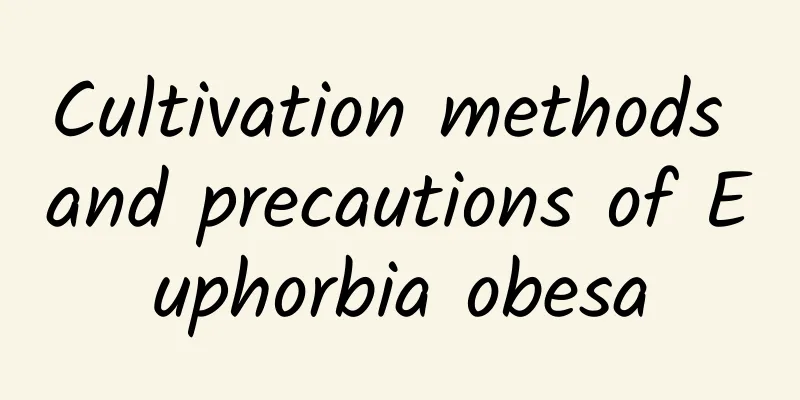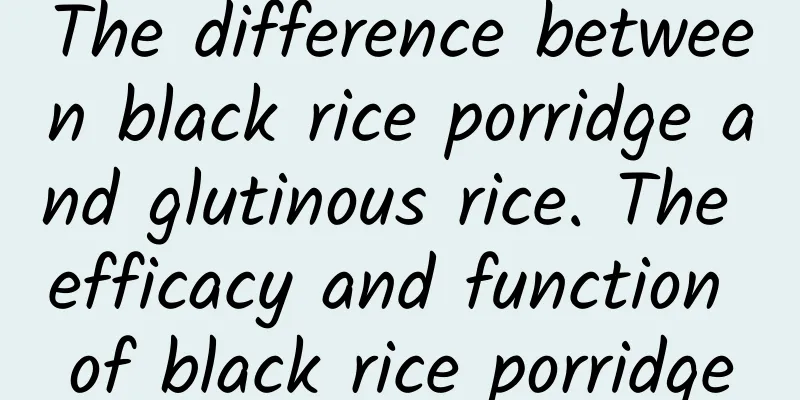Medicinal value of tomatoes

|
Tomatoes are not only delicious fruits and vegetables but also a good medicine. Here are some medicinal values of tomatoes: Tomato IntroductionTomato, also known as tomato, is an annual herbaceous plant of the Solanaceae family. Tomatoes are bright in color, beautiful in shape, sweet and sour in taste, rich in nutrition, and can be eaten raw as fruit or cooked into delicious dishes. They can be called the fruit in the dish. Medicinal value of tomatoesTomatoes are slightly cold in nature and taste sweet and sour. Every 100 grams of tomatoes contains 0.6 grams of protein, 0.2 grams of fat, 3.3 grams of sugar, 22 milligrams of phosphorus, 0.3 milligrams of iron, and multiple vitamins, tomatine, malic acid, etc. It is mainly used for stomach heat, bitter mouth, fever, thirst, loss of appetite, hypertension, fundus hemorrhage, heat stroke, etc. The content of vitamin P in tomatoes ranks first among vegetables and fruits, and the content of vitamin A is 15 times that of lettuce; 100 grams of tomatoes contain vitamin C equivalent to 1500 grams of bananas and 2000 grams of pears, and it is not easy to be destroyed during storage and cooking; most of the sugar contained is glucose and fructose that are easily absorbed directly by the human body. According to calculations, eating 2 to 3 tomatoes a day can meet the body's daily needs for vitamins and minerals. In addition to aiding digestion and diuresis, the lycopene contained in tomatoes has an inhibitory effect on some bacteria and fungi. For patients with kidney disease and stomatitis, eating tomatoes regularly has an auxiliary therapeutic effect. In addition, tomatoes are rich in vitamins and minerals, and can also be used for beauty, prevention and treatment of rickets, night blindness, dry eye disease, etc. The fruit acid contained in tomatoes can also reduce the cholesterol content in the blood and has a therapeutic effect on hyperlipidemia. According to pharmacological research, tomato juice has the effect of slowly lowering blood pressure and diuresis and swelling, and has a good auxiliary therapeutic effect on patients with hypertension and kidney disease. In addition, eating tomatoes regularly can maintain skin elasticity. Simple example1. Hypertension: Eat 1-2 fresh tomatoes on an empty stomach every morning. One course of treatment is 15 days. 2. Dizziness (caused by hypertension or hyperlipidemia): Take 100g fresh tomatoes, wash and squeeze the juice, add 10g Gastrodia elata, decoct in water to get the concentrated juice, mix the two juices and drink warm. Take 30ml each time, twice a day. 3. Heatstroke, fever and thirst: Wash 10 fresh tomatoes, squeeze the juice, drink 20-30 ml cold each time, 2-3 times a day. 4. Colon cancer: Tomatoes are rich in fine fiber. Regular consumption can promote the excretion of decayed substances in the intestines and prevent and treat colon cancer. 5. Gum bleeding and nosebleed: Peel and eat tomatoes raw after blanching them in boiling water. Take 1-2 tomatoes each time, 2-3 times a day, for 2 weeks. Other knowledge about tomatoesTomato tastes sweet, sour and slightly cold. It has the effects of clearing away heat and detoxifying, promoting the production of body fluids and quenching thirst, nourishing yin and cooling blood, and strengthening the stomach and digesting food. It is clinically used to treat dry mouth, irritability and thirst, loss of appetite, stomach heat and bitter mouth, bleeding gums, mouth sores, bitter mouth, and auxiliary treatment of hypertension and coronary heart disease. Tomatoes are rich in carbohydrates, vitamins, calcium, phosphorus and carotene, citric acid, malic acid, niacin, citric acid, adenine hydrochloride, arginine, glutathione and other ingredients. The carbohydrates contained in tomatoes are mainly sugars, mainly glucose and fructose, while the content of starch and sucrose is very small. Modern medical research shows that the citric acid, malic acid and sugars in tomatoes can promote digestion and have a diuretic effect on patients with nephritis. Lycopene has an inhibitory effect on many bacteria and also helps digestion. Tomatoes can also reduce the cholesterol content in the blood, thereby preventing and treating atherosclerosis. The vitamin content in tomatoes is also considerable. According to analysis: 500 grams of tomatoes contain 52 mg of vitamin C, which is equivalent to the content of 1250 grams of apples, 1500 grams of bananas and 2200 grams of pears. Tomatoes are acidic and have the function of protecting vitamin C. They are not easily destroyed during cooking. Among the vitamins contained in tomatoes, vitamin P can protect blood vessels. Vitamin PP can protect skin health, maintain the normal secretion of gastric juice, and promote the formation of red blood cells. Vitamin C has a strengthening effect on patients with gingivitis, periodontitis, nose bleeding and bleeding diseases, and can increase the body's anti-cancer ability. Carotene can protect skin elasticity, promote bone calcification, and prevent and treat rickets, night blindness and dry eyes in children. Vitamin B1 is beneficial to brain development and slows down brain cell fatigue. The latest research has found that tomatoes have anti-cancer effects. After researchers added natural tomato pigments to oral cancer cell culture fluid, the cancer cells quickly lost their activity and gradually died. Studies in the United States and Italy have confirmed that tomatoes can shrink prostate tumors and reduce the risk of digestive tract cancer, pancreatic cancer, breast cancer, etc. |
<<: Nutritional value of fried eggplant
>>: Can pregnant women eat eggplant?
Recommend
How to eat wax apples? The correct way to eat wax apples
The skin of wax apple is red, and its shape is a ...
The efficacy and function of yellow hair palm
The yellow-hair palm is a type of cactus, a uniqu...
The efficacy of whitebait mustard porridge
How much do you know about the effects and functi...
What is Roche Applied Science like? Roche Applied Science reviews and website information
What is the website of Roche Applied Science? Roch...
How is Oriel College, Oxford? Reviews and website information of Oriel College, Oxford
What is the website of Oriel College, Oxford? Orie...
The efficacy and function of Cuixiang kiwifruit and the benefits of eating Cuixiang kiwifruit
Cuixiang kiwi fruit is a new variety launched by ...
The efficacy and function of Babagan, the taboos of Babagan
Although the appearance of Babagan is a bit ugly,...
Barley and Red Bean Porridge
Have you ever heard of Barley and Red Bean Porrid...
What is the nutritional value of cucumber and what are the benefits of cucumber
Cucumber is originally called Hugua, also known a...
What fruits are good to eat when you have a cold? What fruits can cure a cold?
Fruits are rich in vitamins, so many people think...
How is the European News Agency? European News Agency reviews and website information
What is the European Pressphoto Agency website? Th...
The efficacy and function of Mengjin pear
Mengjin pear is a kind of pear produced in Mengji...
How to pickle ground ring
Ground ring is a kind of traditional Chinese medi...
The efficacy and function of longan kernel
Longan is a southern fruit that is produced in Gu...
How is Hill+Knowledge? Hill+Knowledge reviews and website information
What is Hill+Knowlton Strategies? Hill+Knowlton St...









